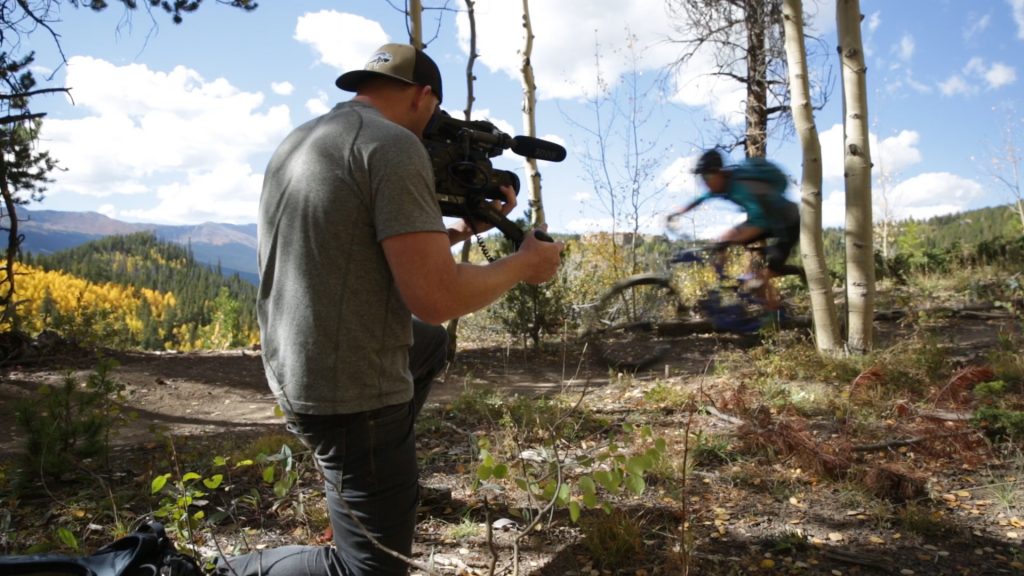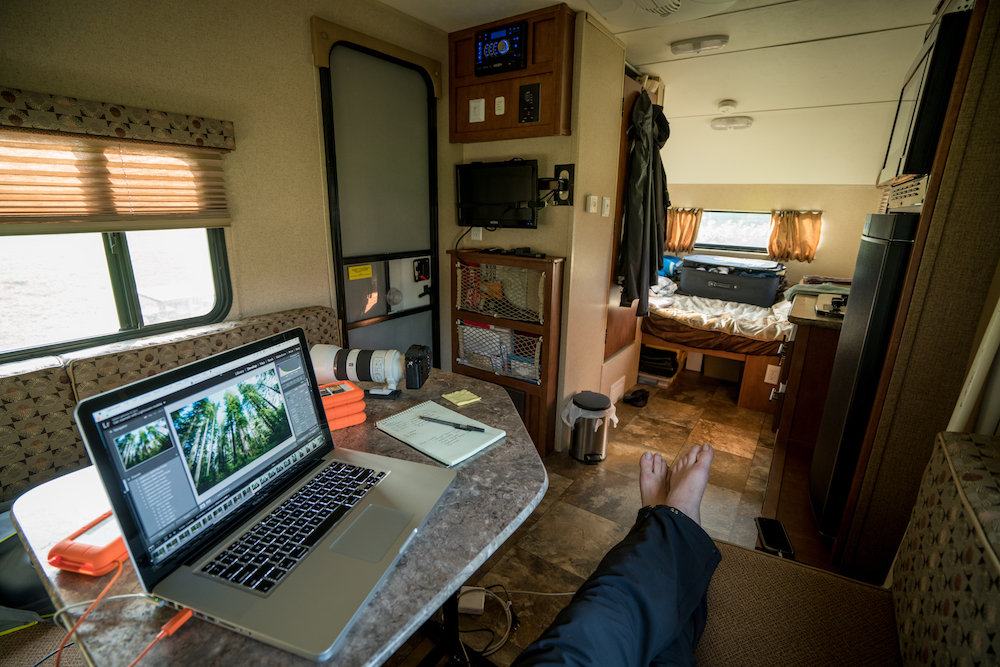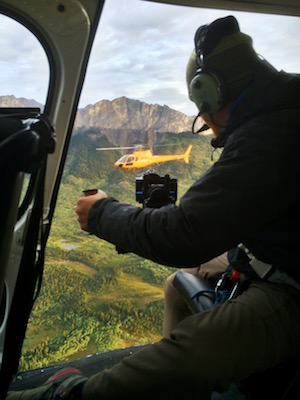Learning Tricks of The Trade with Outdoor Photographer Andy Best
By Jim Bask

The following piece originally ran on electrify. The Q&A, with outdoor photographer and cinematographer Andy Best, offers a behind the scenes look at the inspiration, techniques and tech behind his awe-inspiring creations.
Widely acclaimed photographer and cinematographer, Andy Best, has managed to do what most people only dream of doing: traversing some of the world’s most breathtaking landscapes — and getting paid to do it. Whether he’s sharing stories from the road or telling you the names he’s given to each of his hard drives (they’re all named after places he’s been), it is apparent that Andy’s gusto and down-to-earth nature have been two leading forces in his success.
As a third generation photographer, Andy’s exposure to the outdoors came at a young age. Raised with the Grand Tetons, Jackson Hole and Yellowstone as his stomping grounds, an insatiable appreciation for the natural beauty around him took hold and never let go. In fact, a year and a half ago, in an effort to simplify and avoid “living in a society where success is measured by the things you have,” Andy and his wife — along with their dog, Sequoia — hit the road to live and work as nomads.
A visual creative living on the road, much of Best’s work — from storing files to editing to sending out finished projects to clients — is done in the back of his camper. Having just returned to Portland after a stint in Breckenridge, CO, Andy took the time to share some of his philosophies on life and secrets to maintaining a pro-level mobile workflow.

When you are on assignment, what digital storage do you rely on for reliability and durability? How do they compare to others you have used?
I’ll tell you about a lesson I had to learn the hard way. My dad, who is also a photographer, was once hooked up with a portable drive by a well-meaning family member. It crashed in the Andes Mountains because of the altitude. I drive all day long sometimes, hike all day long, and my drives are always bouncing around because of that — always. I use LaCie Rugged drives and never once has a drive failed in my day-to-day adventures. I don’t worry one bit with them. When you have jobs that are over $100,000, and the field you work in guarantees extreme wear and tear, that kind of reliability is something you absolutely need. At this point, they literally go right in my camera bag beside my lenses. They’re part of the system. What I tell my friends is that most other portable drives are great for the average person working in an office or at home. They’re consumer-friendly. The Rugged drives — they’re professional grade for people like me.
What is your system in maintaining your photographic archive?
When I’m back home I go with the LaCie 2big Thunderbolt 2 or 5big Thunderbolt 2 for storing my photos. After a project, I’ll dump my files onto the 3TB HDD and catalogue them on a spreadsheet. In Breckenridge, for instance, I brought a 4TB and 2TB for double backup. Ideally, I’d love to be able to assemble some kind of cart so that I can tote around my LaCie 5big while I’m out doing a lot of large-file video footage — I’ve heard that some people are actually out there doing that. At home I use the same folder system — layout and everything — for all of my files. Doing things that way means I can go back several years and when I open a folder, I know exactly what I’m looking at. It takes out the guess work.

Click here for the full article.
Click here for all Lacie.

